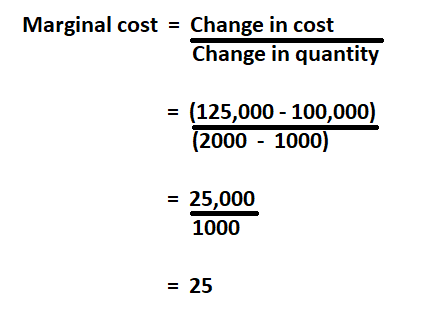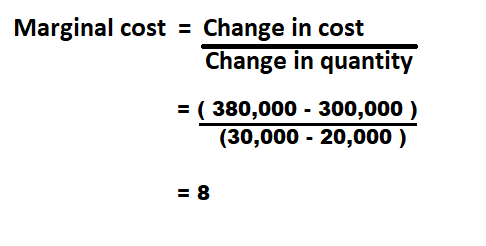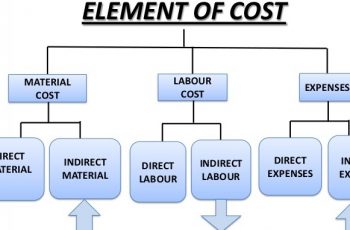What is Marginal Cost?
Prior to discussing how to calculate marginal cost let’s know what it is about. Whenever a business, finance or economics text includes the term marginal, it is usually referring to something that will be added to what was originally there.
Therefore, we can define marginal cost as the change in the total cost that arises when the quantity produced is incremented by one unit of debt or equity or simply put its the expense you pay to produce another service or product unit beyond what you intended to produce.
Marginal costs include more than just the cost of materials. It includes everything that varies with the increased level of production. For instance, the amount you spend to lease or purchase a larger storage unit is the marginal cost.
Investors tend to think of marginal cost as the funds borrowed from someone else. However, it is important to view it from a different perspective where the money is borrowed from oneself or from the company’s assets. The marginal cost of funds can be described as the opportunity cost of not investing the existing funds anywhere else and receiving interest on it.
This concept is a fundamental principle in economic theory that’s important in any business’ financial analysis when evaluating the prices of goods or services. It’s often used in financial modeling to generate and optimize cash flow.
Marginal Cost Benefits.
- Assists in concentrating resources where excess marginal revenue over marginal costs are at its highest.
- Allows for increased and decreased costs of production, which helps a company evaluate how much they pay to produce more items.
- Helps determine when a company can achieve cost advantages through more efficient production to optimize overall operations.
- May decrease the overall cost of making a product line.
- Indicates whether companies should continue additional production or increase prices depending on any losses incurred.
Formula to Calculate Marginal Cost.
To calculate marginal cost we divide the change in costs by the change in quantity.

Change in cost – This is the difference between the previous cost of production and the cost of production after the increase in output.
Change in quantity – It can be defined as the difference between the output of the previous production and the output of the production period when quantity varied.
Example 1:
A company is currently producing 1000 units of tennis balls at the cost of $100,000. Expansion of production by 2000 units which will cost $125,000 to produce. Calculate the marginal cost.

Hence,the marginal cost is $25.
Example 2:
Calculate the marginal cost using the data below.
Current number of units produced 20,000
Future number of units produced 35,000
Current cost of production $300,000
Future cost of production $380,000

Therefore, the marginal cost is $8.

